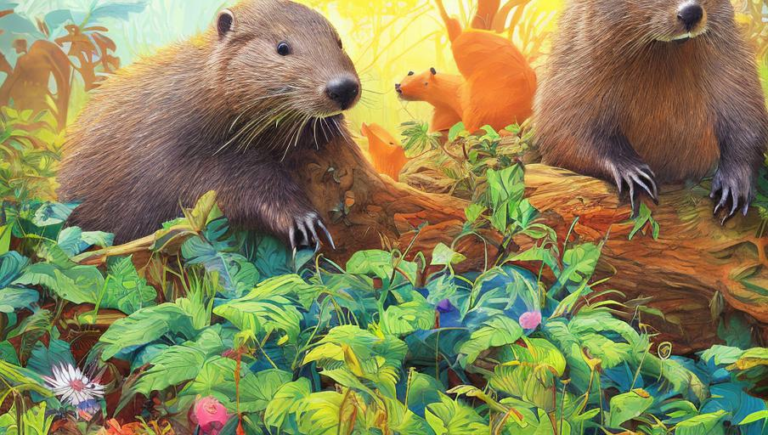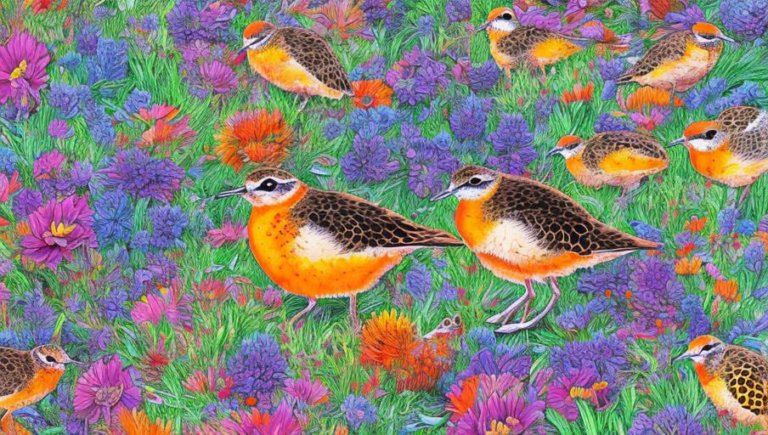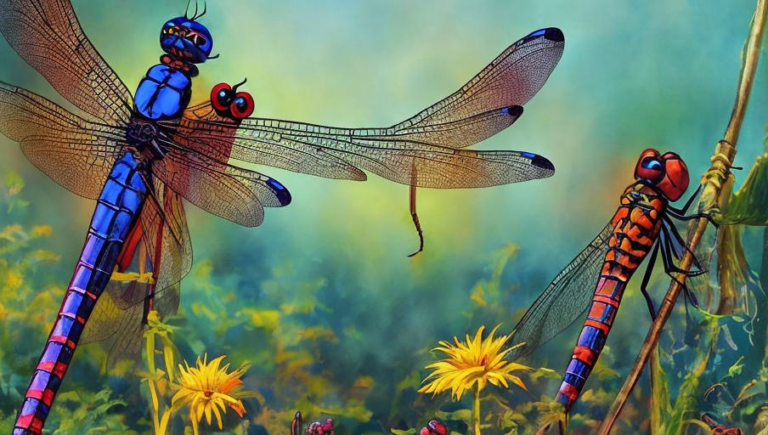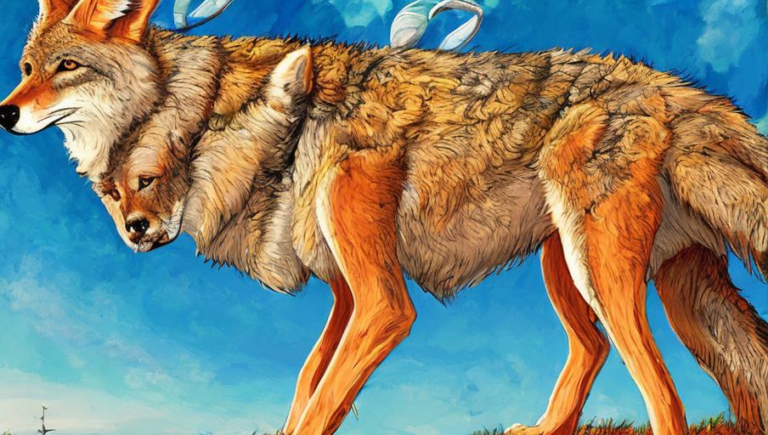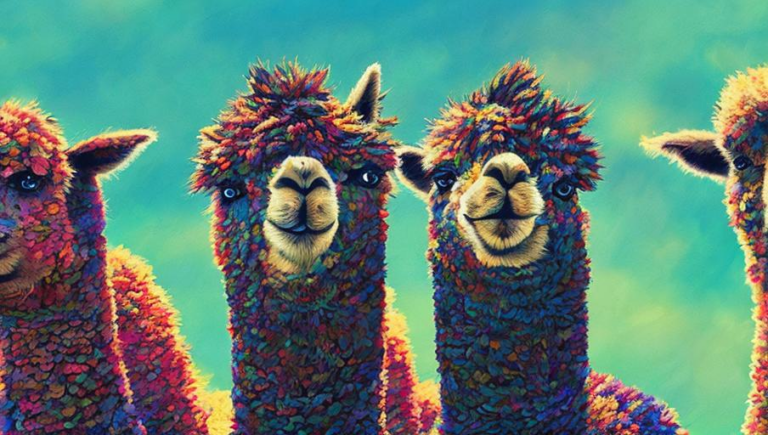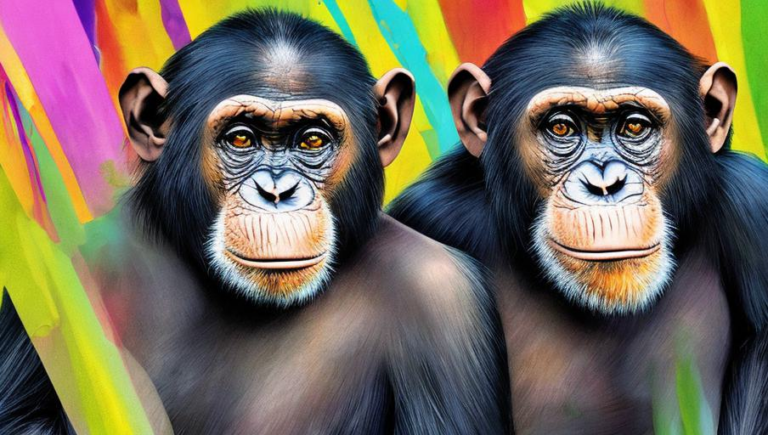Geographic Range of the Bison
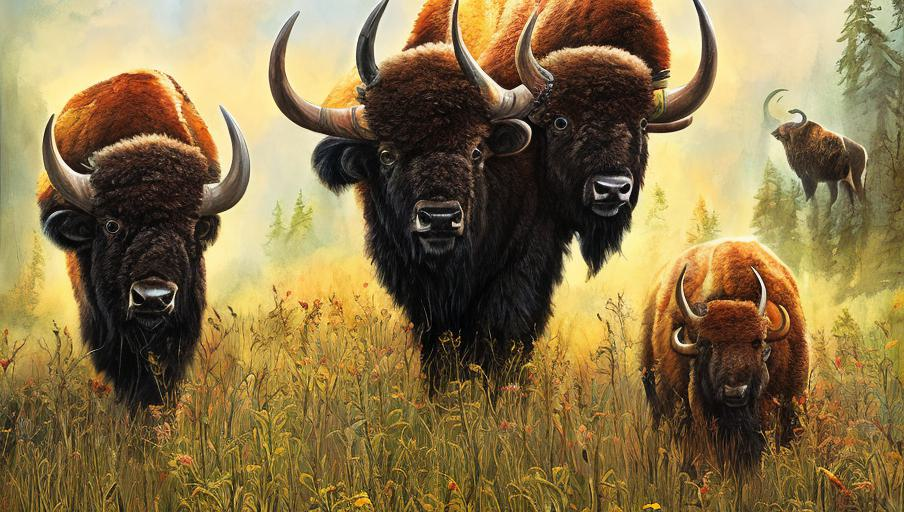
Introduction to the Bison
The bison, also known as the American bison, is a species of large, even-toed, hoofed mammal that is native to North America. The bison is an iconic species of the American plains, and it is the largest living land mammal in North America. Bison can grow up to 6.5 feet tall, and males can weigh up to 2,000 pounds. They are among the most recognizable wildlife species in the world.
Habitat and Diet of the Bison
Bison typically inhabit grasslands, meadows, and open woodlands. They prefer areas with lush vegetation and plenty of water. As grazers, they feed on grasses, sedges, herbs, and shrubs. They are also known to eat aquatic plants, fruits, and nuts when available. Bison have an impressive digestive system that allows them to survive on a diet of grass.
Geographic Range of the Bison
The bison’s original range included most of North America, from the Great Plains to the east coast. Today, bison are only found in a few locations in the United States, Canada, and Mexico. The majority of wild bison are found in Yellowstone National Park, but there are also small populations scattered throughout the United States, including in Montana, Wyoming, and South Dakota. The largest free-roaming population of bison is found in Wood Buffalo National Park in Canada.
In addition to wild bison, there are many herds of bison in the United States and Canada that are kept in managed herds. These herds are typically fenced in and monitored. The bison in these herds are used for breeding, meat production, and conservation. Bison are also found in zoos, on ranches, and on nature preserves.
Threats to the Bison
The bison is a species that was nearly wiped out in the 19th century. By the late 1800s, the bison population had fallen to less than 1,000 individuals. This was due to many factors, including overhunting, habitat loss, and competition with cattle. Today, the bison is an iconic species that is protected by law. However, there are still threats to the bison, including habitat fragmentation, disease, and climate change.
Conclusion
The bison is an iconic species of the American plains. Its original range included most of North America, but today it is only found in a few locations in the United States, Canada, and Mexico. The majority of wild bison are found in Yellowstone National Park, but there are also managed herds and small populations scattered throughout the United States, Canada, and Mexico. The bison is a species that was nearly wiped out in the 19th century, but it is now protected by law and its population is slowly increasing. Despite its protection, the bison still faces threats, including habitat fragmentation, disease, and climate change.
